How to Raise Dairy Goats for Milk: Introduction
Raising goats for milk is much more hard work than raising meat goats. When you read this article on how to raise dairy goats for milk, you will realize that dairy goats need a lot of your care, time and attention. From weaning kids to milking goats, keeping them clean and providing a nutrition-rich diet for the milking mommas, raising dairy goats is no easy task.
But if you are truly passionate about what you do, you are bound to find success in your venture! And raising goats can be therapeutic. You enjoy working with the adorable kids and their families.
So here I am to make life a little easier for you by breaking down all you need to know about raising dairy goats for milk.
How to Raise Dairy Goats for Milk
Step 1: Always Choose the Right Dairy Goat Breed
Choosing the correct Dairy goat breed for you is very important. This is because the goat breed defines how you can manage them, as well as the quantity and quality of milk.
The best goats for milk production should be based on the quality and volume of milk they produce. They should have a good feed conversion rate as well as low maintenance if you want to see a good profit (In case you intend to raise dairy goats for profit). The best dairy goats of today have been selectively bred for thousands of years to be able to produce more milk than store muscle mass.
1. Alpine goats
Alpine goats are good for producing milk as they have a good volume; they can give up to two gallons of milk a day. Its milk has a high-fat content, so it is perfect for making ice cream, butter and cheese for those who are lactose intolerant.
These goats can live from 8-12 years. Alpine goats are family-oriented animals with strong maternal instincts, so it’s not a good idea to separate them from their kids. But if your primary purpose of goat farming is for milk, then Alpines are the best for you.
2. Nubian goats
Nubian goats are another excellent breed for milking. They don’t produce as much milk as Alpines, but they can manage about one and a half gallons a day. The fat content in milk is high, too, so it can be used for making butter and cheese.
Nubian goats breed very fast, even twins or triplets at a time. Nubians are versatile and good for both milk and meat, so they are a sensible addition to your farm.
3. Toggenburg goats
Toggenburg goats are one of the oldest known breeds in the world. They have large bodies with comparatively small heads and full beards. Their milk, however, is low in fat and better for drinking than for making dairy products. They have a long gestation period of 179 days. Toggenburg goats are not very easy to manage and are not recommended for beginners, but they are versatile and can be raised for both milk and meat.
4. Nigerian Dwarf Goats
As the name suggests, these goats are not very big, only about half the size of a regular goat. But they are good for farmers who have less space.
Nigerian Dwarf goats produce only about two pints of milk a day, but their milk is high in butterfat and is much more creamy and tastier than other breeds. They also make good pets and can live for up to 15 years.
Step 2: Breeding your goats
In order for your female goats or does to start producing milk, they must have babies. So depending on when you want them to start lactating, put your bucks and does together and let them breed. Here are some important points to consider about breeding your goats.
- A female goat must have a kid at least once in three years in order to maintain good milk production. Because as their kids grow older and they begin to wean, milk production drops too.
- Most goat breeds will not breed when you want them to. They have a breeding season. Often I have found that they fall pregnant or come ‘on heat’ in winter and give birth in the spring. This is perfectly alright, as having a kid born in spring will save you from the hassle of keeping them warm or having to take extra care of them.
- Goats tend to breed very young if you let them. A buck can mate very young, and a doe is able to get pregnant as early as four months of age which can be fatal. You can use a Goat Anti-Mating Apron to control when you want them to breed. It’s advisable to wait until does are 8-12 months of age. Check the weight and health of the doe before you allow breeding.
- Goats will be pregnant for 150-155 days. Most farmers let them take a break from lactating or milking for at least two months before they give birth again. This period is called ‘drying off.’
- With dairy goats, it is important to keep the bucks away from the herd unless it’s time to breed. This is because when bucks mate with milking does, their rut can taint the flavor and smell of the milk.


Step 3: Weaning your kids
Have the best policy for weaning your kids, or you will not be getting the milk you want. Here are some important facts to know when milking your goats.
- As soon as goats give birth, their udders are full of a liquid called colostrum. This is called freshening. This liquid is crucial for the well-being of their kids(goat babies).
Colostrum is not generally milked as it can be watery and difficult to consume.
- Commercial farms tend to wean their kids early as two weeks, but I always let them nurse for at least 8-10 weeks. All kids wean at different times, but letting them drink their mother’s milk for longer will ensure the optimum health of the goats, which in turn will benefit your farm. It’s best to allow doelings that would be part of your dairy milk herd to nurse for as long as a year.
- You have to decide if you want your kids dam-raised or bottle-fed. I would recommend dam-raising your kids for optimum health, but in instances where the mother rejects the kid or she has triplets or twins, it’s best to bottle-raise the extra ones.
Bottle-feeding kids comes with the added risk of infection and disease. The kids tend to get attached to you, and it’s a lot of hassle. In this instance, I would recommend having an Auto-Feeder if you have many bottled baby goats.
- If your kids are dam-raised, then you have to decide on the best times to collect your milk and let the kids nurse as well. I usually milk them in the morning and let the kids nurse throughout the day. Remember, the more the doe nurses, the more milk she will keep producing.
- Most goats reach peak lactation when their kids are eight weeks old. Lactation can continue for three years after giving birth.
Step 4: Give them Quality Feed
Dairy goats need much better quality food that will help them produce milk better. They must be kept in good shape. So they are comparatively high maintenance than meat goats. 

- Grain is an essential part of the diet of milking goats. In addition to pasture, grains will help increase the quality of milk. Grains are given in large amounts to goats recovering from labor. Give goats one pound of grains for every 3-5 pounds of milk they produce.
- Give goats free access to hay when they are indoors. Lactating goats need extra energy.
- Milking goats need additional calcium. So add supplements like legume hay, alfalfa pellets and minerals to keep them in good health.
Step 5: Milking your Goats


- Keep a separate milking parlor to milk your goats. Keep this area clean and hygienic, and free of buck invasions. Keep the area fitted with a water supply for easy cleaning and water hoses.
- Keep this area well-stocked with strong milking buckets. I use stainless steel. Have a strainer to strain out hair and debris that can contaminate the flavor of the milk.
- You can use a milking machine, but I always prefer to milk them by hand.
- Always wash the goat’s udders with warm, soapy water before milking. This helps greatly in the aroma of the milk. Customers don’t like goat milk that smell of goats.
- Always use a milk stand before milking. It prevents them from being naughty when milked and can save your bucket from being tipped over.
- Finally, have a comfortable low-seating stool to sit comfortably while milking. Bad posture can lead to backache!
- Train your goats well to be milked.
Step 6: Storing the Milk
It’s important to devise safe storage methods for your farm even before your goat begins lactating.
- Strain the milk and Refrigerate as quickly as possible.
- If you are not refrigerating the milk, then utilize or sell them within two hours
- Pasteurize the milk to prevent bacteria and for more safe storage.
Step 7: Keep your goats healthy and happy
Healthy goats make happy goats, and happy goats contribute to the overall success of your farm. Goats are adorable creatures that are not difficult to love. Give them the care and attention they deserve in return for their precious milk.
- Protect your goat from mastitis. Mastitis occurs commonly in milking goats. It is an inflammation of the mammary glands. This can be bacterial or viral.
Symptoms include pain when milking and swelling. So be attentive when milking your goats. Do not quit milking due to mastitis, as it can worsen the problem. Consult your vet and keep your hands and equipment clean so as not to spread to the rest of the herd.
- Keep them supplemented with the necessary vitamins and minerals to prevent deficiencies that can impact milk production.
How to Raise Dairy Goats for Milk: Conclusion
Raising dairy goats for milk is no easy task. It demands a lot of your time and patience. But when taking care of the herd and milking them become a part of your life, it gets easy. Follow these easy steps on how to raise dairy goats for milk for a deeper and simple understanding of a successful dairy farm.
Also read: A complete guide to raising backyard goats.
*All pics are courtesy of Unsplash.com

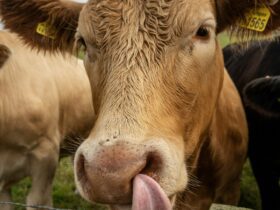
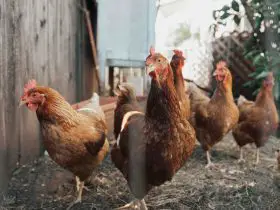
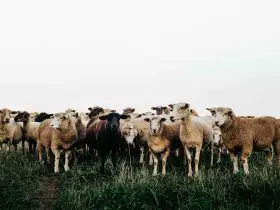
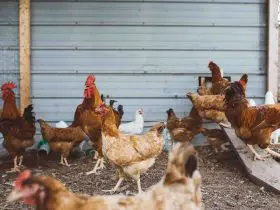
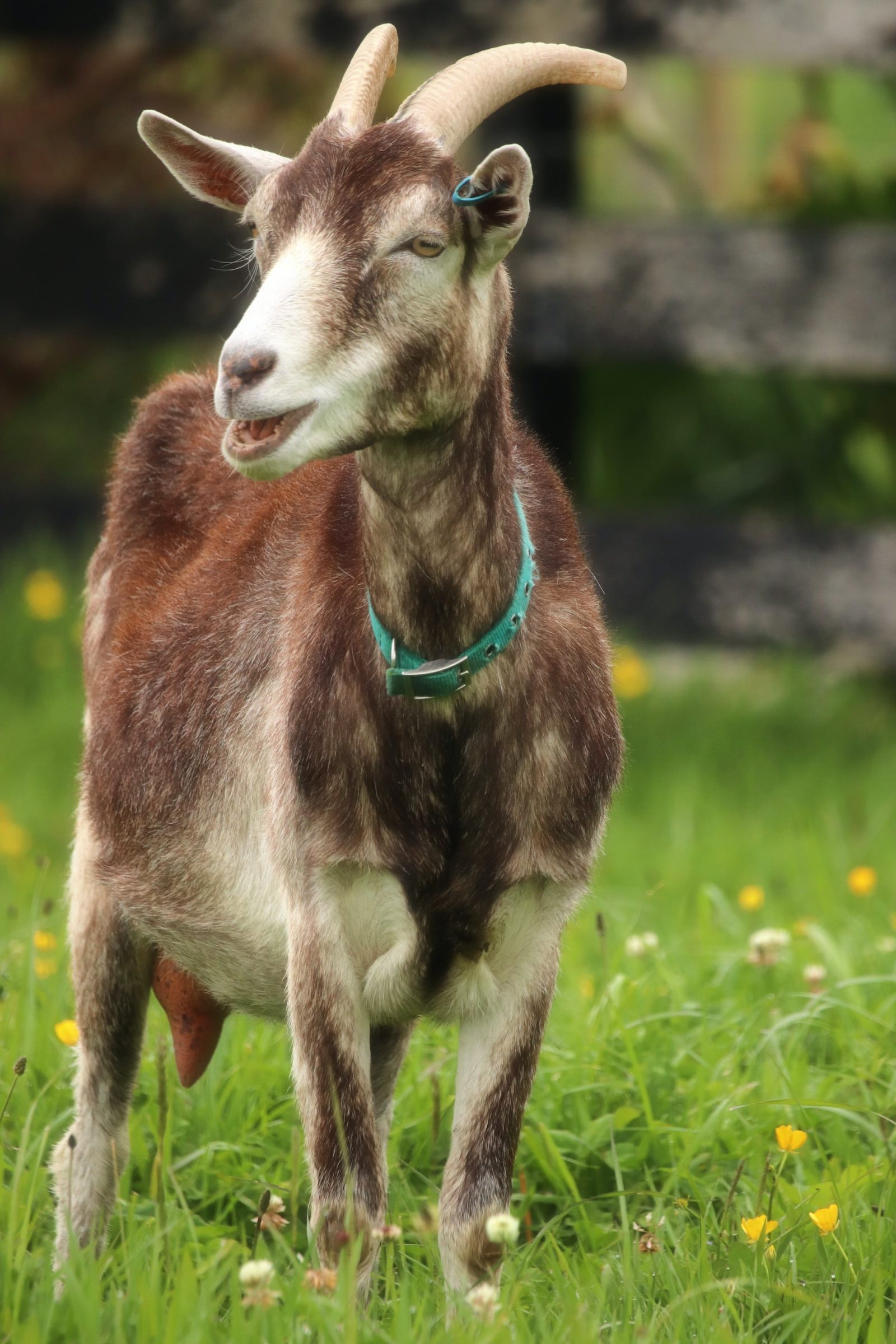
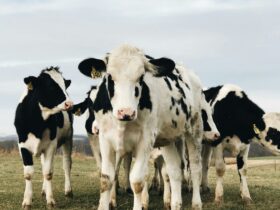
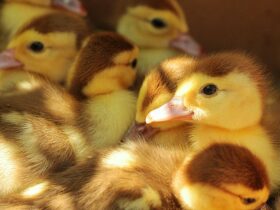
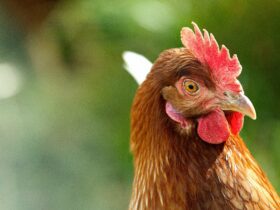





Hello!! Welcome to Anim Farm